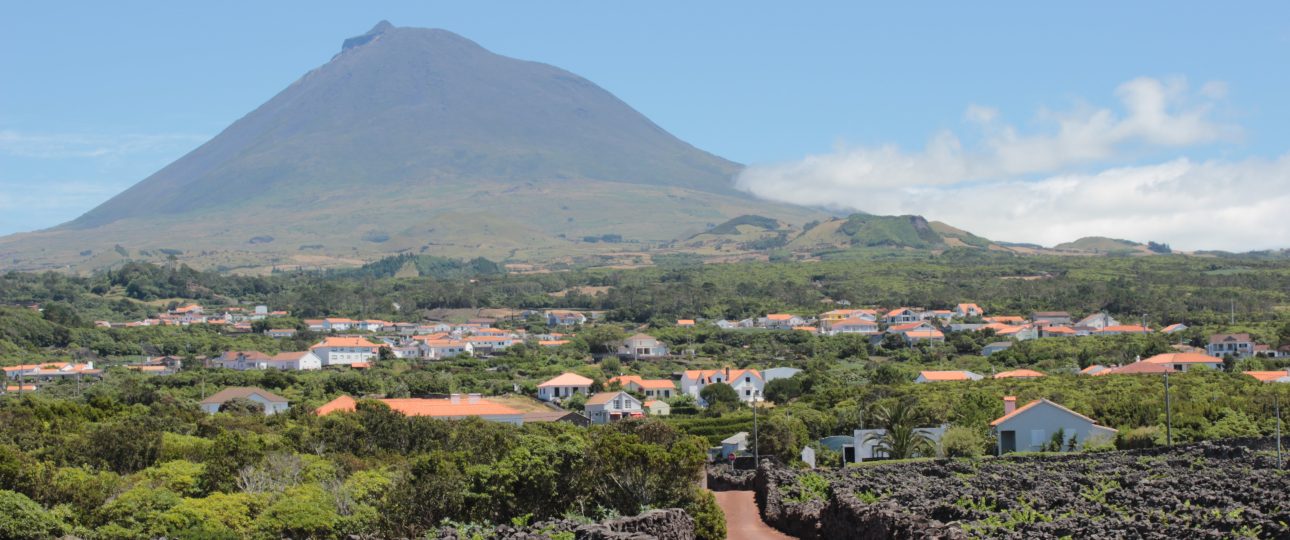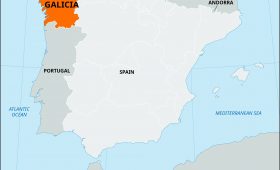Introduction to Pico Island
Pico Island, part of the Azores archipelago in Portugal, is renowned for its striking volcanic landscapes, rich cultural heritage, and unique viticulture. Dominated by the majestic Pico Mountain, the island offers a blend of natural beauty and historical intrigue that captivates visitors. As a seasoned traveler, I found Pico to be a place of profound charm and am eager to share its wonders with you.
The Allure of Pico Island
Pico Island’s appeal lies in its distinctive features:
- Volcanic Landscape: The island is home to Pico Mountain, Portugal’s highest peak, rising to 2,351 meters. This towering volcano is a testament to the island’s geological origins.
- UNESCO World Heritage Site: Pico’s vineyards, cultivated on volcanic rock, are recognized by UNESCO for their cultural and historical significance.
- Rich Marine Life: The surrounding Atlantic Ocean teems with marine species, making Pico a prime location for whale watching and diving.
- Cultural Heritage: The island’s history is reflected in its architecture, festivals, and local traditions, offering a glimpse into the Azorean way of life.
When to Visit Pico Island
The ideal time to visit Pico Island is from May to September, when the weather is mild and conducive to outdoor activities. Here’s what each season offers:
- Spring (March to May): The island is vibrant with blooming wildflowers and lush greenery.
- Summer (June to August): Warm temperatures make it perfect for hiking, swimming, and whale watching.
- Autumn (September to November): A quieter period with fewer tourists, yet still pleasant for exploration.
- Winter (December to February): Cooler and wetter, offering a serene atmosphere for those seeking tranquility.
Getting to Pico Island
Traveling to Pico Island requires some planning, as it is not directly connected to mainland Portugal. Here are the main options:
By Air
- Pico Airport (PIX) offers flights from Lisbon and other Azorean islands such as São Miguel and Faial. The flight from Lisbon takes about 2 hours.
By Ferry
- Ferries connect Pico with nearby islands, particularly Faial, with a journey time of approximately 30 minutes. Schedules vary by season, so check in advance.
Local Transportation
Exploring Pico is best done through various transportation options:
Car Rentals
Renting a car is convenient for exploring the island at your own pace, with several rental agencies available.
Bicycles
For the adventurous, bicycles offer a great way to explore coastal paths and enjoy the scenery.
Public Transport
Public buses connect major towns, though schedules can be limited, especially on weekends.
Exploring Pico Island’s Highlights
Pico Mountain
Climbing Pico Mountain is a rewarding challenge, offering panoramic views of the Azores. Here are some tips:
- Begin your hike early to avoid midday heat and enjoy the sunrise.
- Wear suitable hiking gear and bring plenty of water.
- The ascent takes about 4-5 hours, so be prepared for a strenuous trek.
Vineyards and Wine Tasting
Pico’s vineyards are a testament to the island’s unique agricultural practices. The Verdelho wine produced here is celebrated. Consider visiting:
- Casa Agricola Brum: Offers guided tours and tastings.
- Adega Cooperativa de Pico: A cooperative showcasing the island’s wine production.
Whale Watching
Pico is a premier destination for whale watching, with the best months being April to October. To enhance your experience:
- Choose a tour operator committed to sustainable practices.
Cultural Heritage
Pico’s cultural richness is evident in its historical sites and events. Don’t miss:
- Museu do Vinho: A museum dedicated to the island’s wine history.
- Festivals: Experience local culture through music, dance, and cuisine at traditional festivals.
Local Cuisine
Pico’s culinary offerings are a highlight of any visit:
- Fresh Seafood: Savor dishes featuring octopus and limpets from the Atlantic.
- Alcatra: A traditional meat dish slow-cooked with spices, often served with potatoes.
- Cheese: Sample local cheese, perfectly paired with regional wines.
Accommodations in Pico Island
Pico offers a range of accommodations to suit different preferences:
- Pousada da Juventude de Pico: A budget-friendly option with dormitory and private rooms.
- Hotel Caravelas: A mid-range hotel with stunning sea views.
- Quinta da Ilha do Pico: A charming rural guesthouse for a more intimate experience.
Travel Tips for Pico Island
- Learn basic Portuguese phrases; locals appreciate the effort.
- Pack layers, as weather can change quickly, especially at higher altitudes.
- Respect local customs and the environment, particularly when hiking and visiting natural sites.
Pico Island is a destination that combines natural beauty with rich cultural experiences. Whether you’re hiking Pico Mountain, enjoying local delicacies, or exploring historical sites, the island offers a memorable journey for every traveler. Embrace the adventure and let Pico’s charm captivate you.




